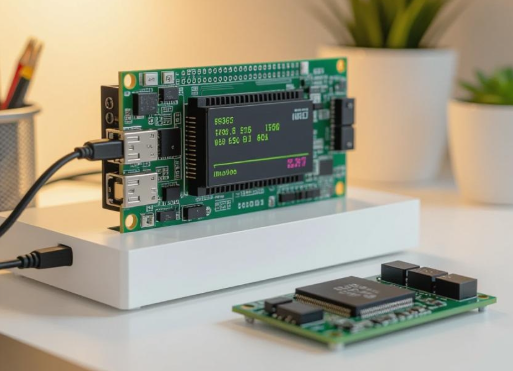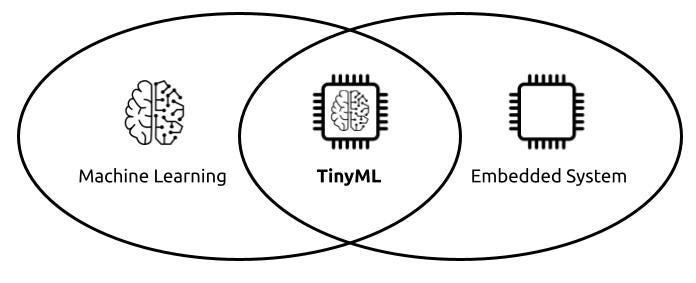Introduction
Transitioning from a student to a professional is difficult because you must overcome long-standing bad habits such as procrastination, poor punctuality, not following rules, and avoiding hardship. Like launching a rocket, escaping the pull of these habits requires the most effort initially; once overcome, subsequent work becomes easier. Here are some misconceptions to dispel in order to master the basic C skills needed at work.
Misconception 1: "My C skills are excellent"
Many graduates hold this view because they scored well on school exams. However, what is taught in school is often limited and insufficient for real work. In China, a common phenomenon is that topics emphasized by instructors are rarely used in practice, while topics that were barely covered at school are frequently encountered on the job. For example, pointers and structures in C are often covered superficially in school and only as much as needed for exams, yet they are used constantly in real projects. This reflects a disconnect between academic education and industry practice. For career development, remain humble and be willing to learn.
Misconception 2: "Programming is very simple"
Textbook code is usually short and simple, which creates the false impression that programming is easy. Real-world programs differ from textbook examples in several ways.
Code size
Textbook examples are typically tens to a couple hundred lines, while production code commonly ranges from thousands to tens of thousands of lines. The difference in scale is significant and can be overwhelming at first.
Naming of variables and functions
Textbooks often use generic names like "int i;", "char *p;", "float f;", or "int f(int a, int b)". Such naming practices are unacceptable in professional code. In industry, code must follow naming conventions and coding standards; unclear or generic names are prohibited. Detailed guidance on naming will be provided in later articles.
Comments
Short textbook programs have few comments, creating the misconception that comments are unimportant. In practice, key statements must be accompanied by appropriate comments. Comment style varies by context; concise, clear comments speed up code comprehension and improve efficiency.
Input/output
Textbook programs frequently use scanf and printf for input and output, which gives beginners the impression that these functions are always used. In real projects, scanf and printf are rarely used; input and output are handled by other mechanisms specific to the platform.
Formatting and style
Textbook code focuses on functionality, often ignoring layout. In professional settings, formatting and style are strictly specified: where and how to indent, where to put spaces and blank lines, and other layout rules. Good formatting improves readability and presents code professionally. Further details on coding style will be covered in later articles.
Misconception 3: "I just need to write code; other tasks are irrelevant"
Some believe developers only write code and that testing or documentation is someone else’s responsibility. In reality, writing code is only part of a developer's job. After coding, you must perform self-testing, which can take as long as or longer than writing the code, before handing it to testers. Developers are also responsible for producing development documentation. From initial coding to final submission, you must follow the project's management process and the software lifecycle. Work cannot be done arbitrarily; it must follow established rules and procedures.
Misconception 4: "The company will plan my career path"
Companies provide onboarding and training, but expectations that the employer will fully plan your career are unrealistic. If you notice colleagues who have been in the same role for many years, it becomes clear that career progression is not guaranteed. You must take responsibility for your own development. Technology evolves rapidly, so continuous self-directed learning is essential. Relying solely on others or on the company to define your future is not effective.
Adopting correct attitudes and dispelling these misconceptions will make learning and applying C in professional work much easier.
 ALLPCB
ALLPCB







